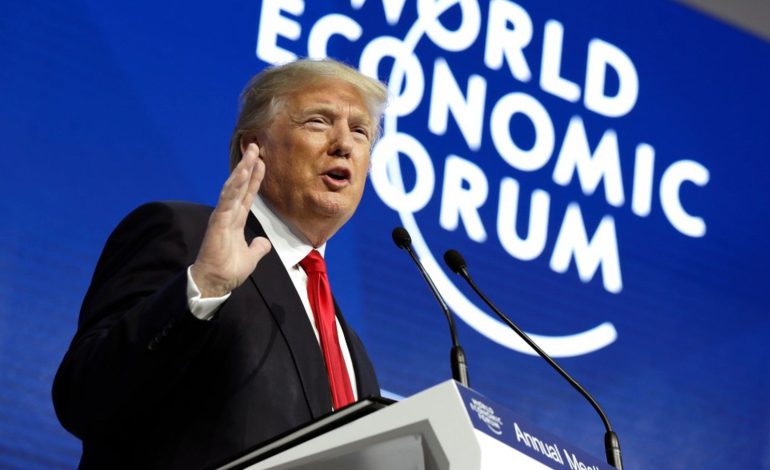
Trump’s Economic Policies Shake Investor Confidence, Weaken U.S. Dollar and Fuel Global Market Concerns
Dollar Drops Sharply Under Trump’s Leadership
Since President Donald Trump returned to office, the U.S. dollar has dropped over 10% against major currencies like the euro, British pound, and Swiss franc. This decline reflects growing unease among global investors about Trump’s aggressive economic policies.
Key Drivers Behind the Dollar’s Decline
Trump’s economic strategy includes tariff hikes, deep tax cuts, and pressuring the Federal Reserve to reduce interest rates. These moves are contributing to a weakening dollar and causing foreign investors to rethink their positions.
Despite routine statements supporting a “strong dollar,” experts say the administration is doing little to prevent the decline. Some even speculate that the White House may be intentionally allowing the dollar to weaken to boost U.S. manufacturing.
Risks of Rising Deficits and Borrowing Costs
The U.S. government now requires over $4 trillion annually to finance growing budget deficits. As the dollar weakens, international investors face currency losses when converting earnings, leading them to pull money out of U.S. assets. This drives up borrowing costs and worsens America’s fiscal position.
Stephen Miller of GSFM warns that the U.S. is “playing with fire” and risks triggering a vicious cycle: declining dollar value, increased deficit pressure, and more foreign divestment.
Market Reaction and Investor Sentiment
Big investors like Jeffrey Gundlach and Paul Tudor Jones predict further declines in the dollar due to surging debt and interest payments. Hedge funds and global fund managers are now more underweight on the dollar than at any point in the past 20 years, according to Bank of America.
No Clear Alternative, But Trust Is Eroding
While no global currency currently rivals the dollar’s depth and stability, experts like Daniel Murray from EFG International point out that investor confidence is slipping. Continued U.S. isolation, deficit expansion, and weak policy signals could accelerate this trend.
Geopolitical Shocks Show Temporary Stability
Even though the dollar briefly rallied following Middle East tensions, long-term patterns suggest instability remains. Tariff talks involving Taiwan and South Korea added to volatility, with the dollar crashing 4% in just an hour against the Taiwan dollar.
New Tax Bill and Foreign Investor Impact
Trump’s latest tax proposal, including the so-called “revenge tax” (Section 899), would raise taxes on foreign investors. This could further discourage global capital inflows at a time when the U.S. heavily relies on them.
U.S. Debt and Credit Warnings
The U.S. debt has soared to $29 trillion, nearly 100% of GDP. Moody’s recently downgraded America’s credit rating, and investors are now treating Treasury bonds—once seen as safe—as risky assets.
For the first time, bond yields and the dollar are falling together, a reversal of the usual trend. Portfolio managers say this indicates a deep loss of faith in U.S. financial stability.
Conclusion: A Worrying Financial Shift
Global investors are watching closely. If current trends continue, the dollar’s role as the world’s reserve currency could face real challenges. As Leah Traub of Lord Abbett warns, once trust in the dollar starts fading, it’s “really hard to put the cat back in the bag.”





